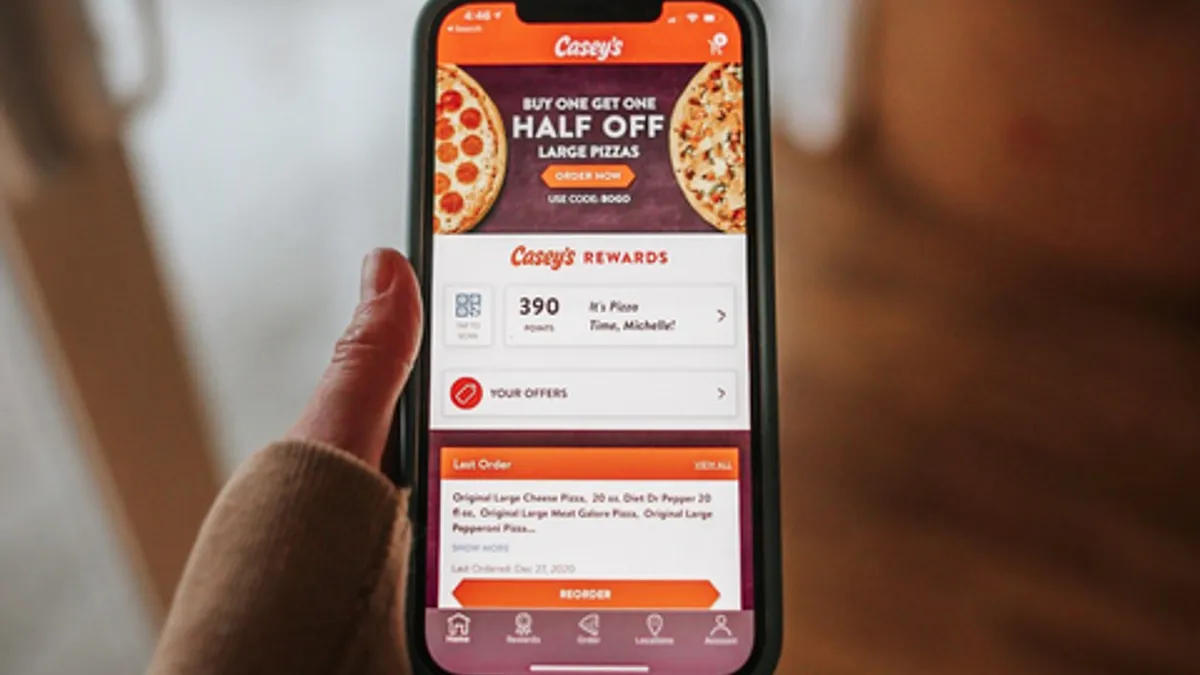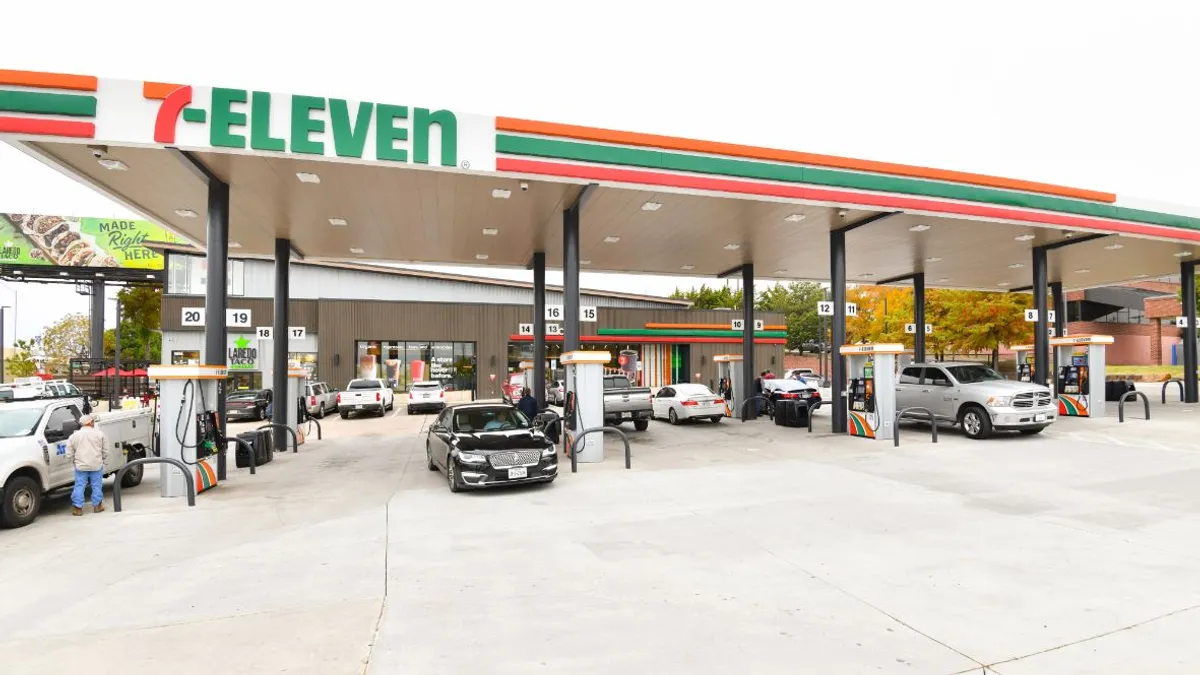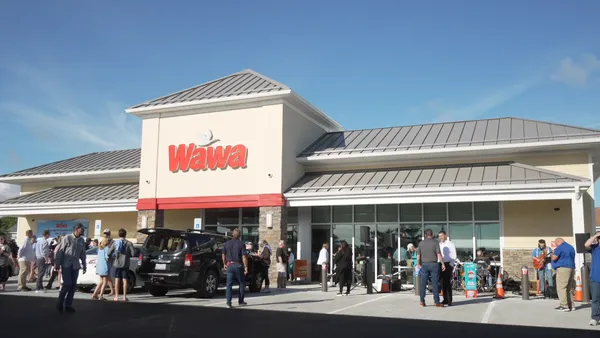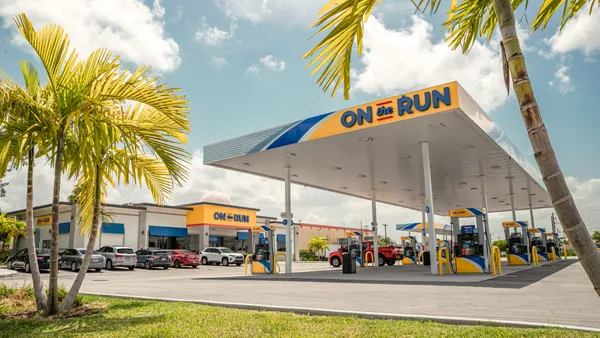Loyalty is all about customer data — gaining information about peoples’ choices, habits and shopping patterns, and analyzing those details to create a more appealing brand experience.
But while a robust loyalty program offers companies insight into their existing customer base, it doesn’t always shine a light on broader behaviors that can have a significant impact on the business.
In its new latest report, loyalty technology firm Paytronix examined current c-store and restaurant trends from all in-store and online transactions made via its database — which covers more than 1,800 retailers and 35,000 stores — between Jan. 1, 2020 and June 30, 2023.
Overall, Paytronix noted c-stores saw a 19% boost in the number of loyalty members over that span, below QSRs but above full-service restaurants — signaling that that the industry is headed in the right direction when it comes to loyalty participation.
Here are four key loyalty takeaways from the report.
The value of loyalty program members is growing
Shopping baskets for loyalty members tend to be larger than baskets for non-loyalty members, and the gap between the two is growing. C-store loyalty members spent about 10% more than non members in 2021, while that increased to about 12% last year. That was well above the QSR and FSR loyalty increases, which grew by about 5%.
C-store loyalty members on average spent $18.42 per basket in 2022, according to the report.
“As c-stores attempt to move into the QSR space and offer prepared foods and specialty drinks, loyalty members will continue to be a foundation to build these services,” Paytronix wrote in the report.
The report also noted that c-store customers tend to be much more loyal than those at QSRs and FSRs. Additonally, convenience saw more than six monthly visits per guest in the middle of 2023, far higher than the levels for QSR and FSRs.
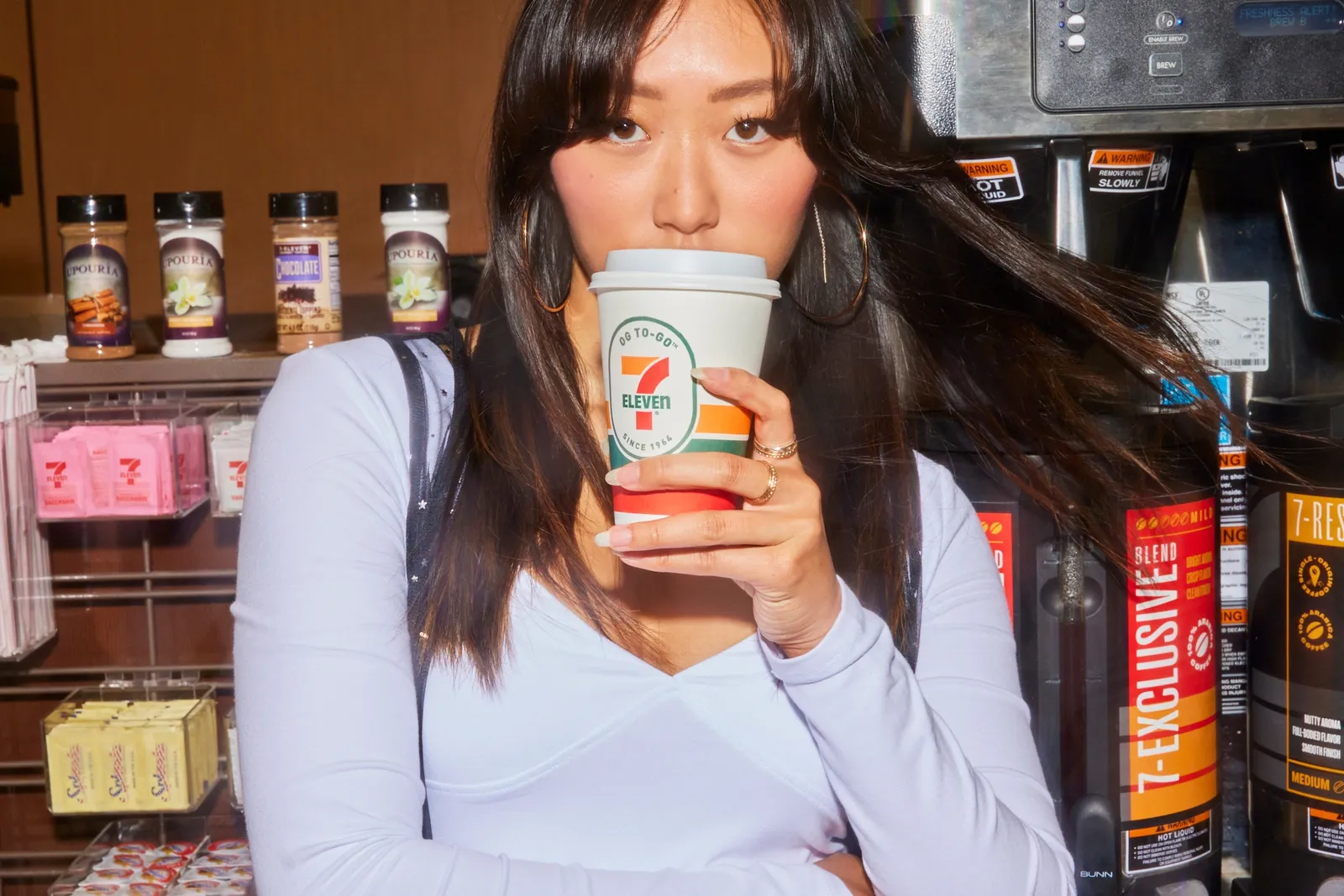
Morning is the golden time for convenience retail
Morning is the hottest time of day for convenience stores — at least during the work week. Mid-day is the second most popular period, slightly edging out mornings on Saturday and Sunday.
The report noted that the roughly equal number of visits for the morning and mid-day sections on weekends suggest c-stores are one of the first stops of the day for many people.
“2023 saw a spike in the number of visits early in the year that wasn’t present in 2021 or 2022,” wrote Jeff Hoover, director of strategy and data insights at Paytronix, in the report. “This is an indication that return to office is driving additional visits to c-stores for fuel and breakfasts.”
Younger generations increasingly visit c-stores
When looking at c-store demographics by age, consumers between 16 and 25, as well as 26 to 35, increased their visits the most between 2021 and 2022, the report found.
Generation Z — whose members are mostly in their teens to mid-20s — are an increasing focus for c-stores, with major players like 7-Eleven and Kum & Go tailoring ads toward the cohort. These consumers also generally enjoy the experience of visiting c-stores more than other groups, according to a study from CPG research firm NCSolutions.
On the other hand, visits from those ages 56 to 65 and 66 to 75 declined year over year. Meanwhile, those in the middle — ages 36 to 45 — have the highest percentage of loyalty members overall.
While there may be broader attitude differences between older and younger groups that account for visitation trends, Paytronix points out the answer may be more mundane.
“Naturally, c-store stats are largely driven by fuel purchases, so these demographic trends are likely the results of working generations returning to the office,” Paytronix said in the report.
Don’t forget about email
While many c-store retailers prioritize mobile engagement and have recently overhauled their apps, email can still be an easy and effective way to reach customers, Paytronix noted.
Customers who gave a retailer an email address were twice as likely to visit the store again as those who didn’t register an email.
Paytronix highlighted Break Time, a Columbia-Missouri-based convenience chain that instituted a tiered loyalty program and used email to keep in touch with top-tier customers.
“Within a month of launch, it saw a 25.6% increase in customer spend and continues to see returns,” wrote Hoover.



